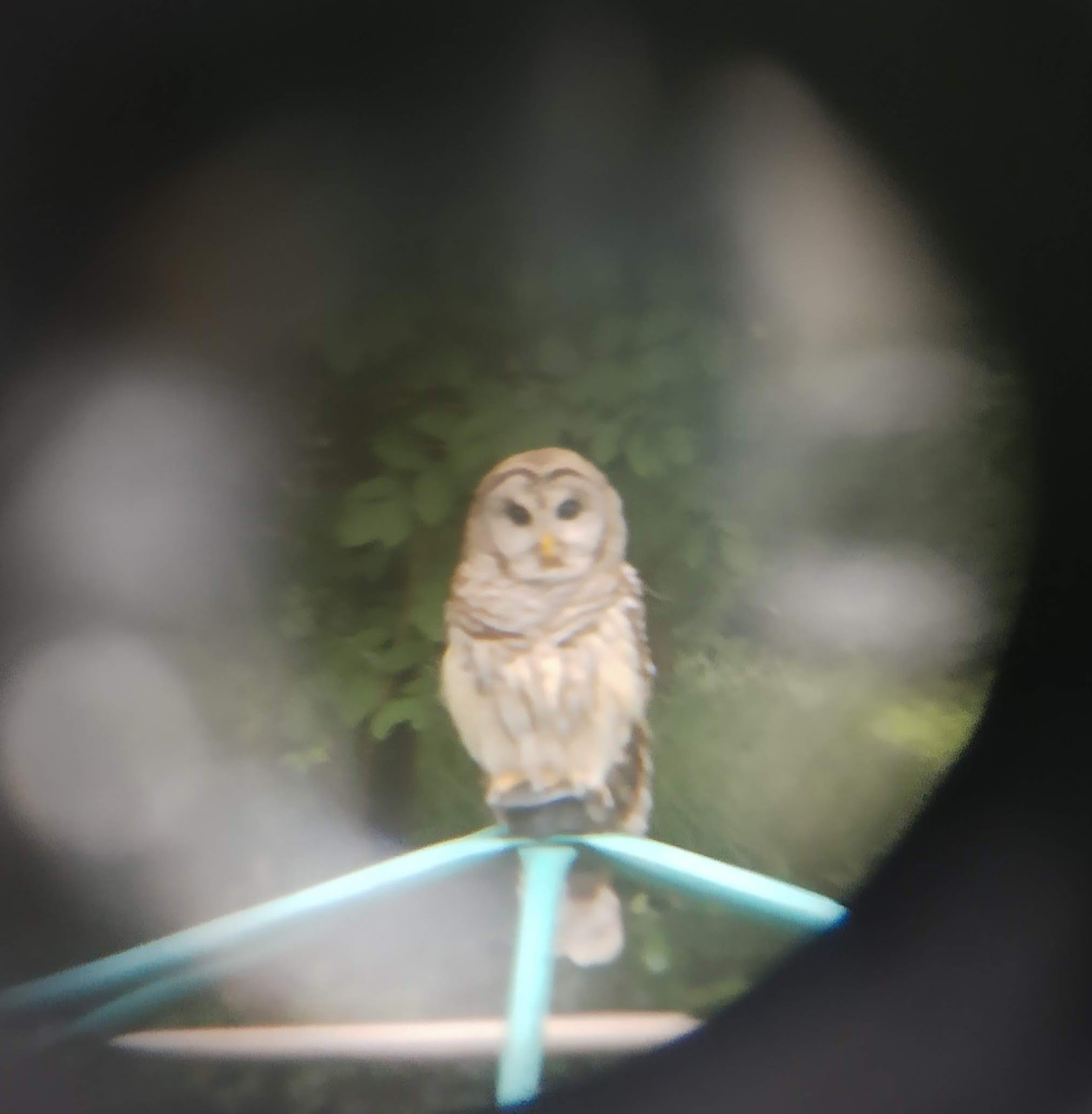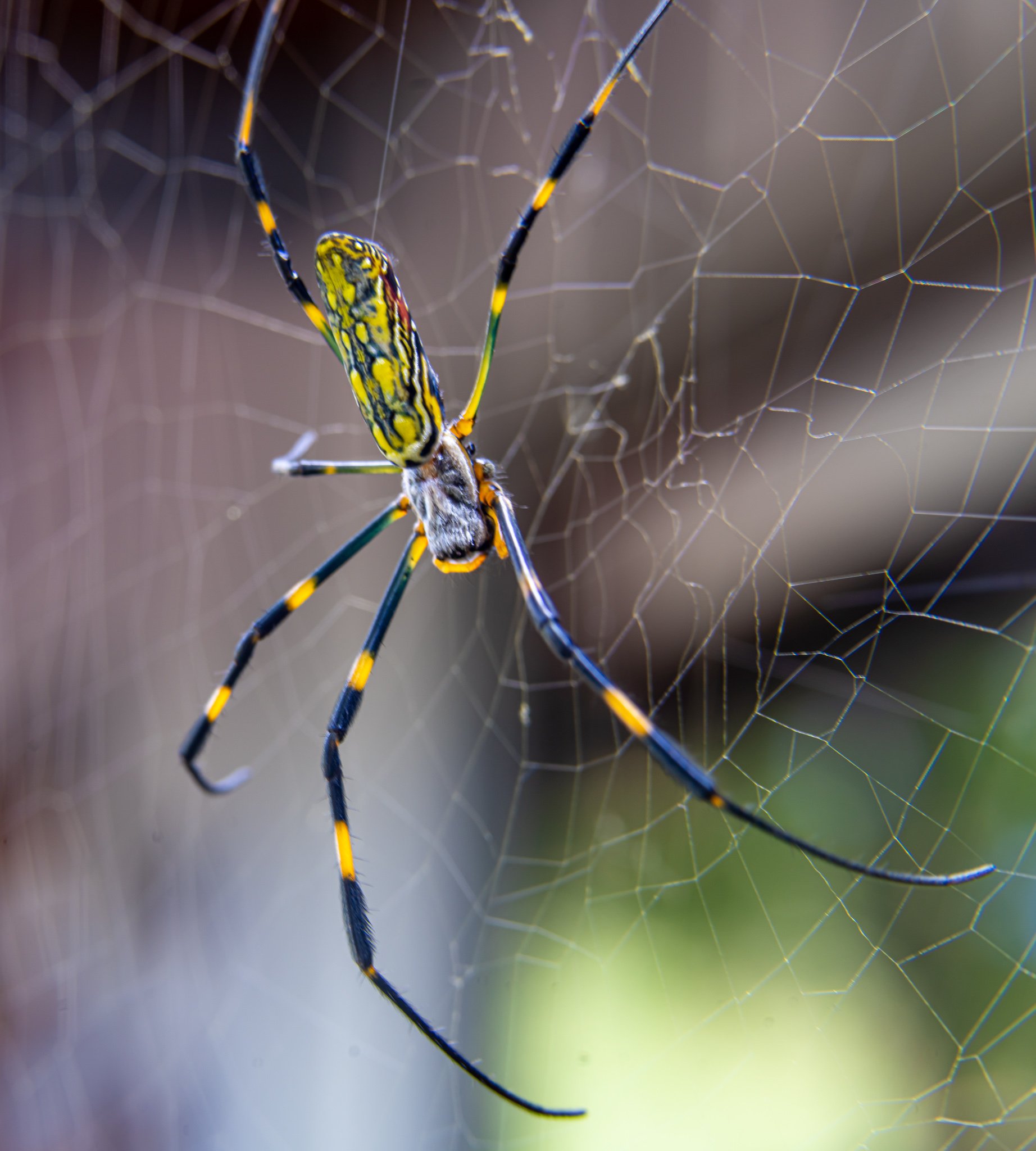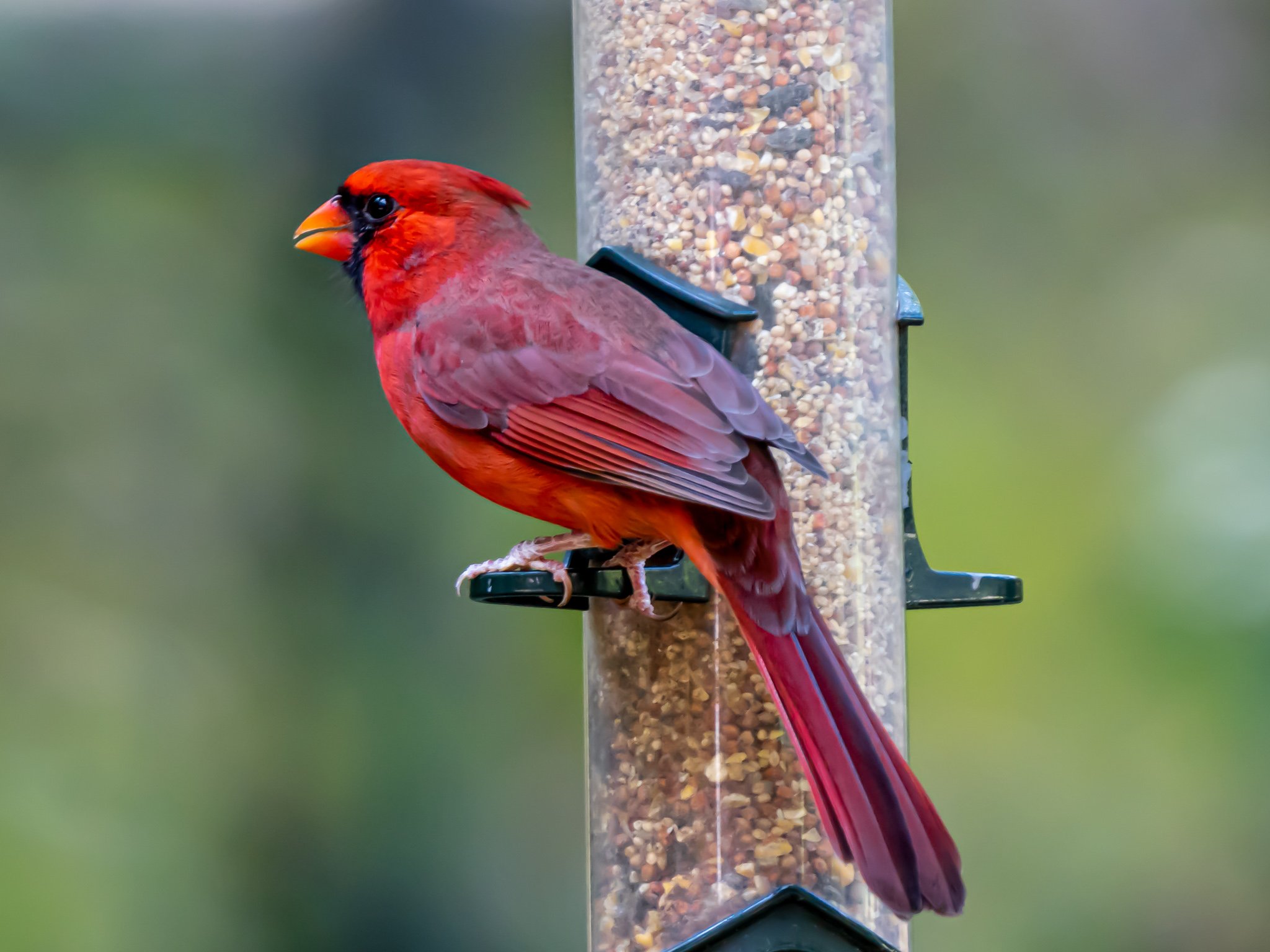Northcrest Preserve - Animals
Northcrest animal species are adored, often argued over, loved, and respected. From the charismatic megafauna everyone knows, to the smallest and most obscure critters, we are fortunate to support such a variety of species. Everything you see on this page has been seen, heard, and/or photographed in Northcrest!
Learn more about Northcrest Preserve:
PLANTS | FUNGI
Photo: MAtt Jeffirs
Video: Stacey Vigil
Culē-túrwv
Red-shouldered Hawk
Buteo lineatus
Red-shouldered hawks are a frequent presence around Northcrest Club. The juveniles will often stick together while learning to hunt, and like their human counterparts, they can be quite vocal. While they will prey on many small animals, they are known to perch near birdfeeders and wait for an easy meal.
Photo: MAtt Jeffirs
Eastern Tiger Swallowtail
Papilio glaucus
Adults use a wide range of food sources, most preferring to nectar on sturdy plants with red or pink flowers. Females may be either yellow or black
Photo: Stacey Vigil
Video: Stacey Vigil
Barred Owl
Strix varia
These silent fliers are prolific in the woods around Northcrest. And while you may not hear them in flight, you have probably heard their frequent calls of “Who cooks for you? Who cooks for you alllllll!” On evenings in the late spring, you may also hear the screeching of the fledgling owls as they chase their parents through the trees.
Photo: MAtt Jeffirs
Súkha-hv’tkē
Virginia Opossum
Didelphis virginiana
Possum or “opossum” depending on your regional dialect, is a solitary, nocturnal marsupial and opportunist.
Video: Matt Jeffirs
Video: Stacey Vigil
Gray Fox
Urocyon cinereoargenteus
The gray fox has specifically adapted to climb trees. The species adapts to its surroundings with behavioral changes to avoid competitors and higher predators like coyotes.
Photo: James Taylor
Tvkók-fv’mpē
Eastern Box Turtle
Terrapene carolina carolina
(THREATENED)
The Eastern box turtle is considered a threatened species in many states due to habitat loss and interactions with humans. Males have red eyes and are larger. Females have yellow-brown eyes.
Photo: MAtt Jeffirs
Video: Stacey Vigil
Éco
White-tailed Deer
Odocoileus virginianus
Northcrest deer are quite comfortable in Northcrest where they have few predators aside from coyotes.
Photo: David Latimer
Osv’nnv
North American River Otter
Lutra canadensis
Otter have only been seen once or twice. although we know they are in the creek. The only documented encounter we know of was on June 14, 2016 by Dave Latimer. Otterfest is now celebrated each year on June 14 in Northcrest.
Photo: Matt Jeffirs
Red Fox
Vulpes vulpes
Although foxes are usually nocturnal hunters, it is not uncommon to see one during the day. While beautiful, they should always be admired from afar.
Photo: Stacey Vigil
Video: Stacey Vigil
Raccoon
Procyon lotor
Raccoons are another common inhabitant of the Club grounds and can be found practically any where. They have a highly sensitive sense of touch, which is enhanced by immersing their five-fingered hands in water. That is why raccoons are often observed “washing” their hands and food!
Photo: Stacey Vigil
Asian Tiger Mosquito
Aedes albopictus
Bloodsuckers.
Photo: Stacey Vigil
Kútē
Cope’s Gray Treefrog
Dryophytes chrysoscelis
A particularly lively colony of these woodland amphibians lives behind the Pool, and their romantic serenades can be heard in the spring and early summer. For any froggy friends that mistake our pool for theirs, the special floating “frog pads” give them safe exit routes.
Photo: STACEY VIGIL
Asian needle ant
Brachyponera chinensis
Needle ants are small, reddish-brown ants known for their painful sting. They build nests under rocks, logs, or debris around the club. This invasive species has seen an unexplained and significant population growth in recent years. While typically not aggressive, they are attracted to areas where members leave debris and have a painful sting.
Photo: MAtt Jeffirs
Joro Spider
Trichonephila clavata
This little guy was spotted for the first time in the United States 35 miles northeast of Northcrest in Hocshton, Ga. This invasive species was first noticed by Northcresters in the summer of 2022. While harmless to humans, they are best known for their prolific and inconvenient placement of rather strong webs.
Photo: Matt Jeffirs
Northern Cardinal
Cardinalis cardinalis
Like humans, cardinals express sexual dimorphism, meaning that while still of the same species, different sex of the animal exhibit different morphological characteristics. Male cardinals are bright red.
Video: Stacey Vigil
Coyote
Canis latrans
Northcrest is home to several coyotes at any given time, and they occasionally make their presence known through choruses of yipping that echo through our green corridors. Though they are not native to the eastern U.S., their amazing adaptibility has allowed them to expand their range and fill the ecological role of top predator, which in many places has been left empty.
Photo: STacey Vigil
Video: Stacey Vigil
Great Blue Heron
Ardea herodias
These large, stately birds can often be seen in proximity to the Creek. The have a voracious appetite for fish but are also known to prey on a variety of other critters!
We will continue to update this page! COMING SOON:
Southern Leopard Frog
Eastern Copperhead
Eastern Cottontail
Midland Watersnake
Dekay’s Brown Snake
Cooper’s Hawk
Red-winged Blackbird
Common Grackle
American Robin
Cicada
…and more!















